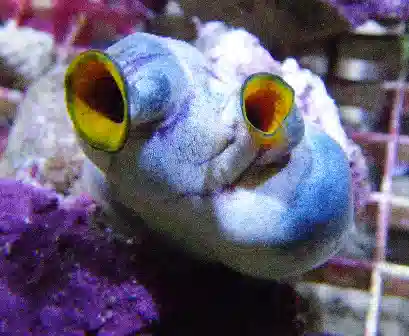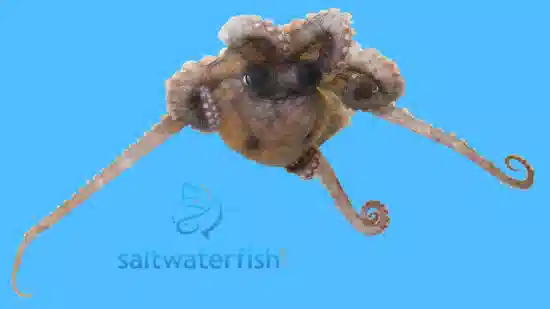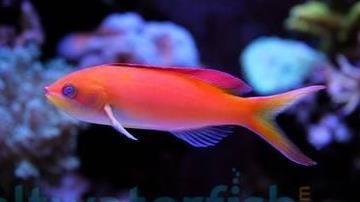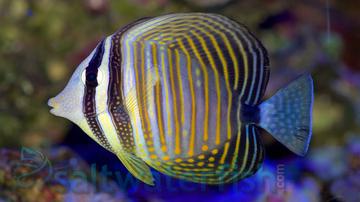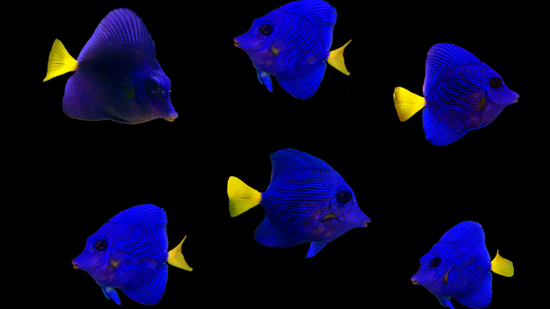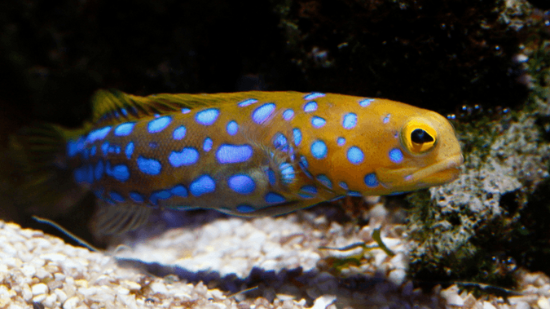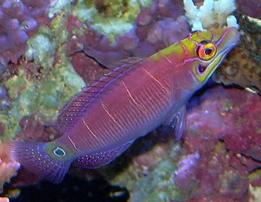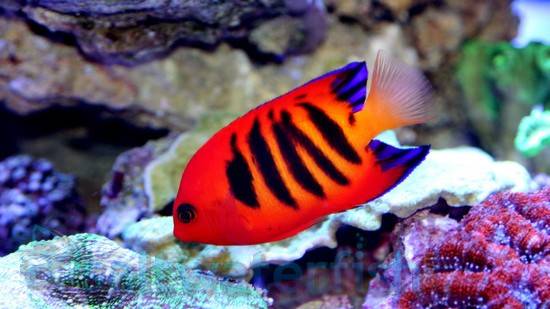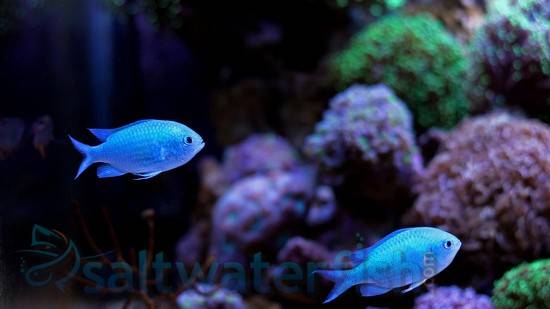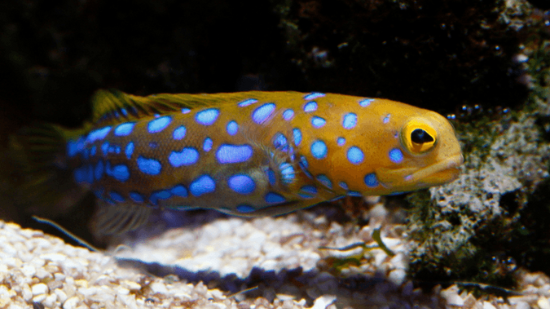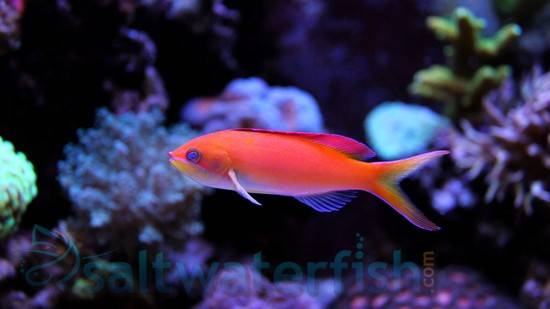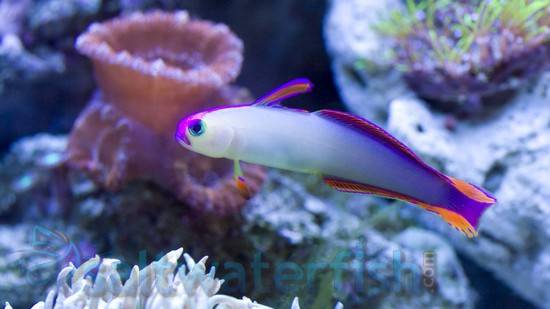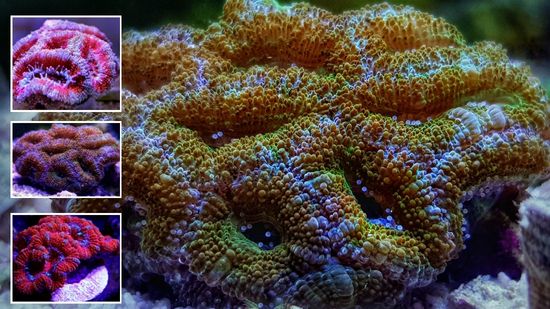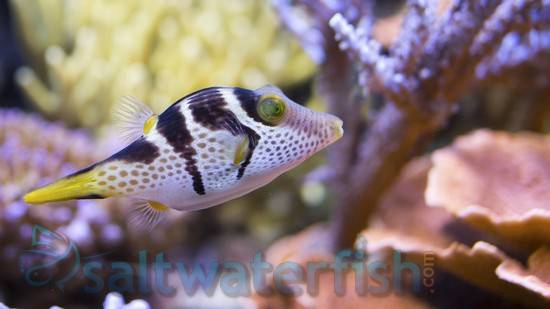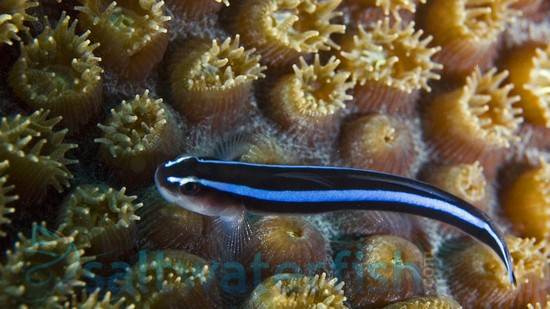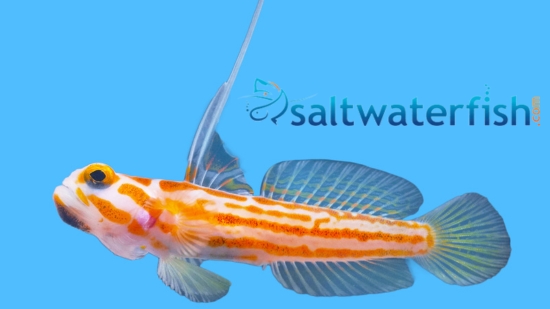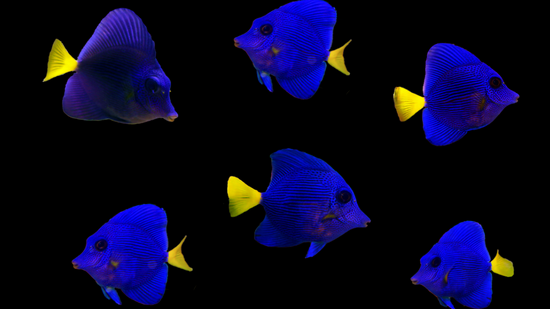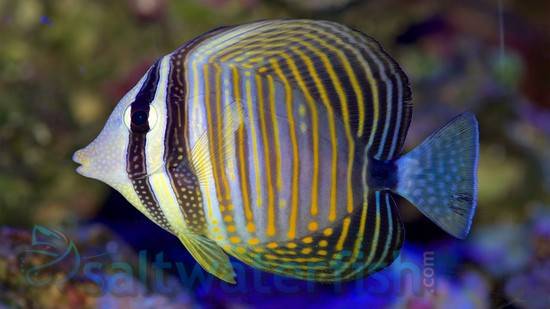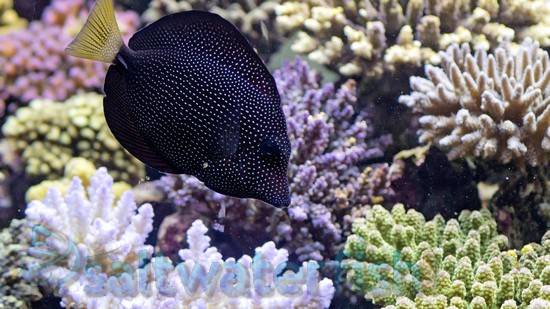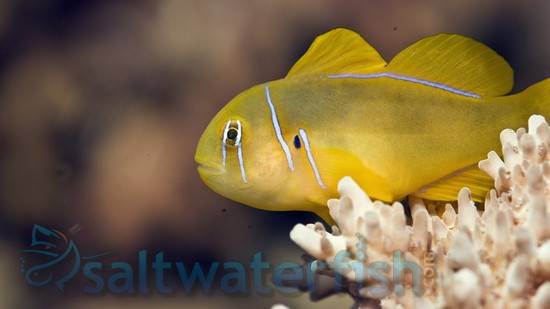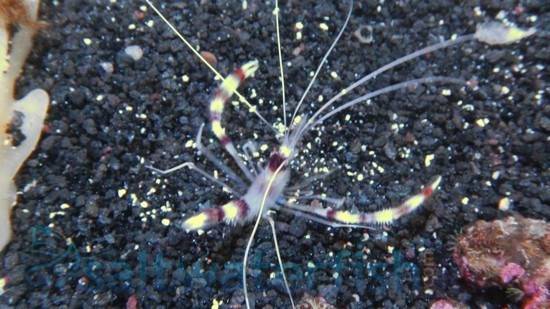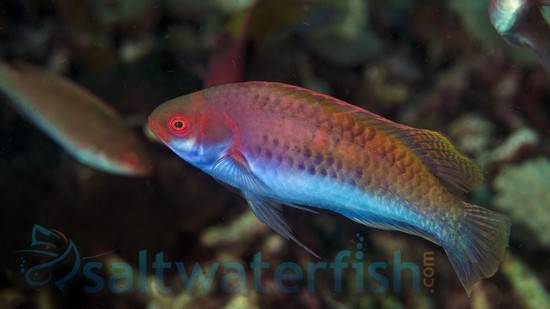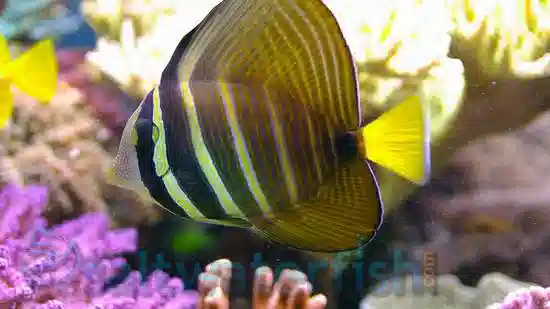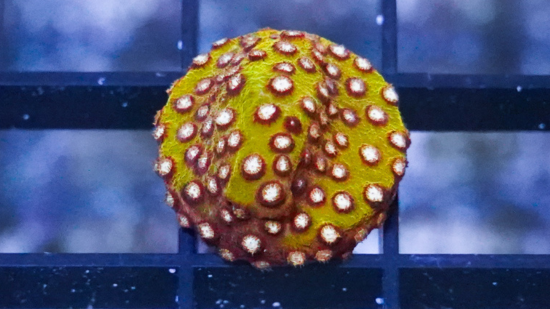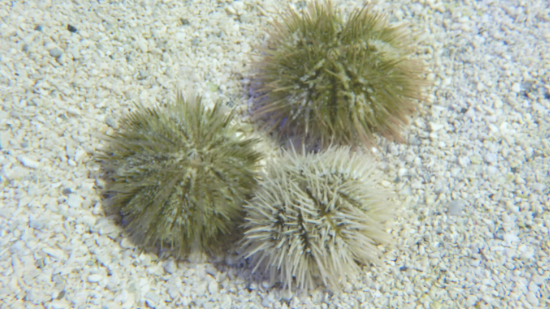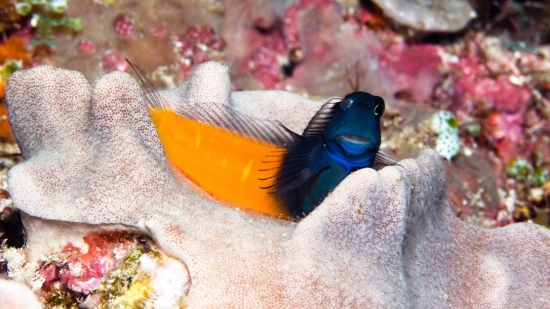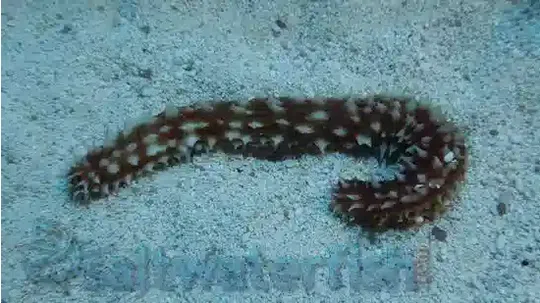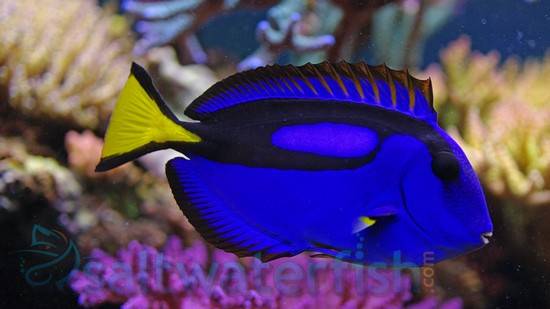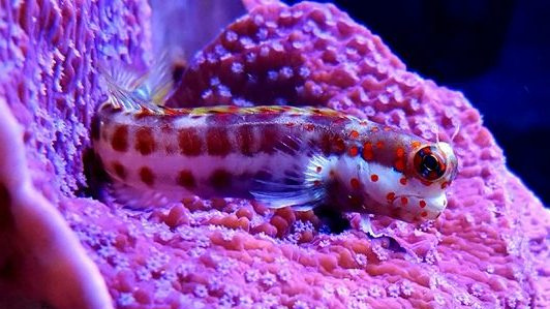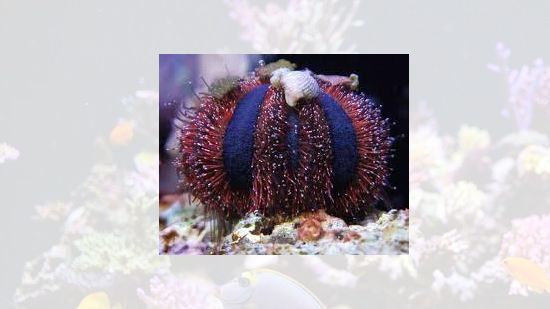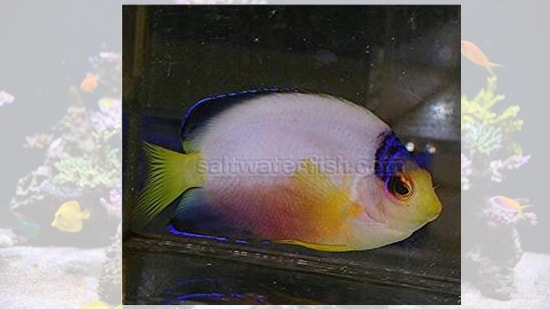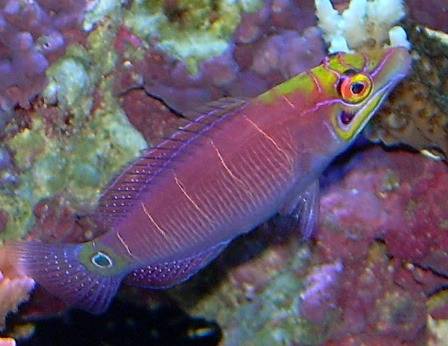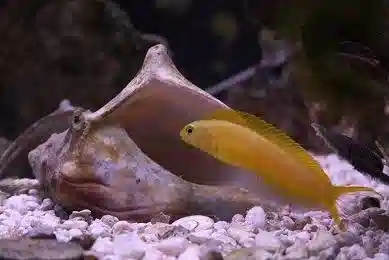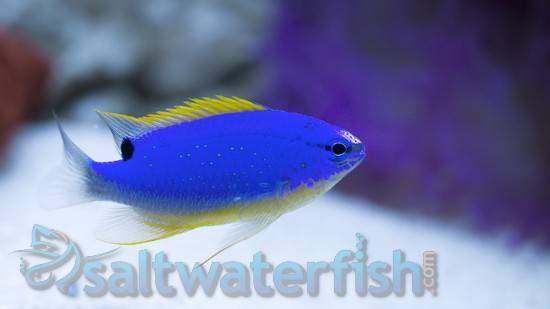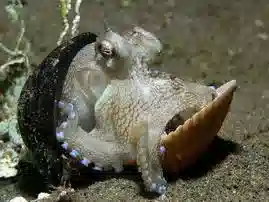Expert Only
Octopus: Brown - Pacific
Octopus sp.
(3 Reviews)
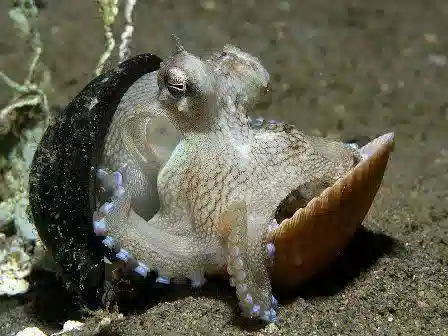
Expert Only
Octopus: Brown - Pacific
Octopus sp.
(3 Reviews)
{{ item.name }}
Size: {{ item.extra_field_3 }}
${{ getFormattedPrice(item.saleprice) }} ${{ getFormattedPrice(item.price) }}
To join the waiting list, click here
Free Shipping
With
$199.00
or more in Marine Life.
More details...
Octopus: Brown - Pacific Care Facts
| Care Level: | Expert |
|---|---|
| Temperament: | Semi-Aggressive |
| Diet: | Carnivore |
| Reef Safe: | No |
| Minimum Tank Size: | 55 Gallons |
| Max Size: | 14 inches |
The Pacific Octopus, Octopus sp. are a dwarf species of octopus from the Philippines. It has a wonderful deep brown coloration, and are generally peaceful. They are best kept in tanks with plenty of live rock hiding places that are well-anchored to the substrate to avoid toppling. It is also very important to have a tightly sealed lid on your tank as the Octopus loves to try to escape - they can escape through the tiniest of openings. The Pacific Octopus eats a carnivorous diet of live Feeder Shrimp, Mussels, Crustacean Flesh, and small Feeder Fish. The Pacific Octopus has excellent eyesight, and will also scavenge at night. When feeding your Octopus, always be sure to approach the Octopus slowly and with caution, as to avoid causing it to release its ink cloud in defense. In the aquarium, this release of ink will cause the immediate need for a large water change to avoid its death, and the harm to it's tank mates.
Explore the Enigmatic Pacific Brown Octopus (Octopus sp.) for Your Saltwater Marine Aquarium
Embark on an extraordinary journey into the mysteries of the deep with the Pacific Brown Octopus (Octopus sp.), a captivating and intelligent addition to your saltwater marine aquarium. In this informative guide, we'll dive into its habitat, care requirements, and why Saltwaterfish.com is your trusted source for these enigmatic cephalopods.
Habitat and Adaptability of Pacific Brown Octopus
The Pacific Brown Octopus is found in the Pacific Ocean, inhabiting diverse environments from shallow coastal waters to the ocean depths. Known for their remarkable adaptability, these cephalopods possess an innate intelligence and an ability to navigate various marine landscapes. Capturing the essence of the ocean's depths, they make a captivating addition to advanced marine aquariums.
Reef Safe and Compatibility of the Pacific Brown Octopus
While the Pacific Brown Octopus is a fascinating creature, it's important to note that it is not considered reef safe. Due to their inquisitive nature and propensity to explore, octopuses may disturb coral formations or other delicate elements within a reef environment. Therefore, enthusiasts should carefully consider the compatibility of these intelligent cephalopods with other inhabitants in their aquarium.
The Pacific Brown Octopus Size and Lifespan
Pacific Brown Octopuses are known for their relatively modest size compared to other octopus species, typically reaching a mantle length of 12 to 24 inches. With proper care and a suitable environment, they can have a lifespan of one to two years, showcasing their captivating behaviors and interactions within your aquarium.
Diet and Feeding Habits for the Pacific Brown Octopus
These cephalopods are carnivorous predators with a diverse diet that includes crustaceans, small fish, and mollusks. Ensuring a varied and nutritionally rich diet is crucial for their well-being. Hobbyists should be prepared to provide live or freshly killed prey, offering an engaging feeding experience while meeting their dietary needs.
Compatibility of the Pacific Brown Octopus
The Pacific Brown Octopus possesses a high level of intelligence and curiosity, making them intriguing but challenging additions to a marine aquarium. Their interactive nature requires careful consideration of tank mates to avoid potential conflicts or stress. Enthusiasts should be prepared for the unique demands associated with keeping octopuses as part of their marine community. They are considered expert only.
Temperament and Symbiotic Relationships of the Pacific Brown Octopu
While octopuses are known for their inquisitive and sometimes interactive behavior, they are generally solitary and may display territorial tendencies. Symbiotic relationships with other tank inhabitants are minimal, as octopuses primarily focus on hunting and exploring their surroundings.
Suitable Tank Mates for Pacific Brown Octopus
Selecting appropriate tank mates for the Pacific Brown Octopus requires consideration of their solitary and sometimes territorial nature. Compatible companions include:
- Large peaceful fish species such as Tangs or Angelfish
- Hardy invertebrates like sea stars or urchins
- Non-aggressive crustaceans
- Bottom-dwelling fish like Gobies
- Docile species that can withstand the octopus's occasional territorial behavior
Tank Requirements and Aquascaping for the Pacific Brown Octopu
Creating an optimal habitat for the Pacific Brown Octopus involves careful consideration of their unique needs:
- Minimum Tank Size: A spacious aquarium with a minimum size of 55 gallons is recommended to provide ample space for exploration.
- Aquascaping: Include a variety of hiding spots and caves using live rock structures. Ensure a secure lid or mesh top to prevent octopuses from escaping, as they are known for their exceptional problem-solving abilities.
Detailed Water Conditions of the Pacific Brown Octopu
Maintaining precise water conditions is essential for the health of Pacific Brown Octopuses:
- pH Level: Maintain a stable pH level in the range of 8.1 to 8.4.
- Salinity: Keep the salinity of your aquarium water within the range of 1.024 to 1.026 specific gravity or approximately 32-35 ppt.
- Water Temperature: Maintain a water temperature between 74°F to 78°F (23°C to 26°C).
Detailed Lighting Requirements for Pacific Brown Octopus
While octopuses are not highly reliant on specific lighting conditions, providing subdued lighting can create a comfortable environment. Avoid intense lighting to mimic their natural habitat and prevent stress.
Photoperiod Needed for the Pacific Brown Octopus
Establish a lighting period of 8 to 10 hours per day, allowing for a natural day-night cycle that supports the octopus's biological rhythms.
Water Flow of the Pacific Brown Octopus
Maintain a gentle to moderate water flow within the tank to ensure proper oxygenation and waste removal. Octopuses generally prefer calmer water conditions.
Other Common Names of the Pacific Brown Octopus
The Pacific Brown Octopus is known by various common names, including the Brown Reef Octopus.
Why Choose Saltwaterfish.com
Saltwaterfish.com stands as a reliable source for acquiring Pacific Brown Octopuses, backed by a commitment to ethical sourcing, sustainability, and expert care during the shipping process. Our goal is to provide enthusiasts with a unique opportunity to appreciate the intelligence and behaviors of these mesmerizing cephalopods.
Delve into the mesmerizing world of the Pacific Brown Octopus, a creature that embodies the intrigue and intelligence of the ocean depths. As you consider the unique challenges and rewards of keeping these cephalopods, trust Saltwaterfish.com to provide responsibly sourced specimens for your advanced marine aquarium. Immerse yourself in the captivating behaviors and interactions of the Pacific Brown Octopus, a truly extraordinary addition to your aquatic community.
Expert Only: Items designated as expert only require special care such as a species specific environment, special diet or care, and an expert level, experienced aquarist. Not for beginners. Expert Only items qualify for our live arrival guarantee only, and are exempt from our extended 8 day guarantee.
Amazing little guy so cool
Reviewed by: James Martin on Oct. 22, 2022
This octopus arrived to me in great shape and I had an easy acclimation. Great customer service and I am super satisfied with my purchase.
Reviewed by: Cameron on Feb. 13, 2020
Read a lot about , problems, had none. Put them in tank, and watch them come out at night and look for food. Will take food out of your hand.
Reviewed by: Jerry Miller on March 22, 2016


